Ask any group of petrol heads what the first performance orientated modifications are to their cars and they will most likely say intake, exhaust or power adders like turbochargers or superchargers. This is all well and good if your only concern is to go fast in a straight line; but chances are you’re going to need to turn or stop your car.
Drag racing (on a track of course) lets you put the pedal to the metal for a few seconds and usually gives you enough room to slow down. However take the car into a circuit race or spirited drive in hilly terrain and you’ll soon find it takes longer and longer to slow down or your brake pedal has the feel of a marshmellow. Being able to repeatedly slow the car from high speeds will improve laptimes and of course give extra safety, on the track or road. This sort of repeated braking will truly show how good your brakes are.
Here are some ways to improve braking performance(increasing order of expense):
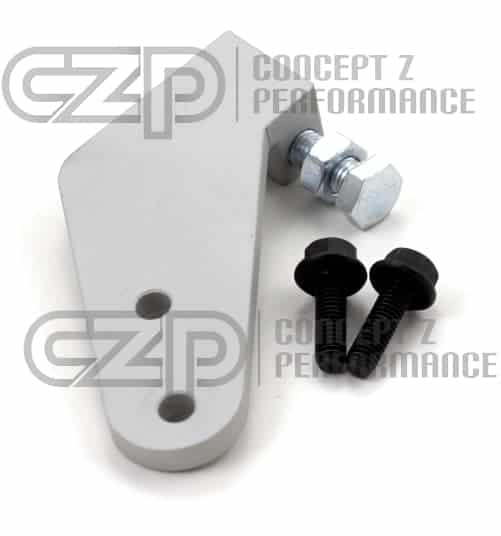
Brake Master Cylinder Brace
In some cars especially older cars, depressing the brake pedal can cause the firewall to flex thus reducing the pressure in the brake system. A brace will stop the flex thus improve brake pressure & effectiveness.
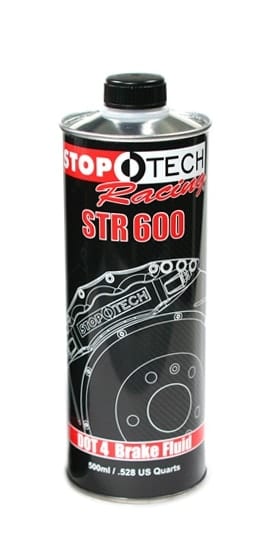
Brake Fluid
This should be changed at the very least every 2 years for optimum performance. For street car DOT 5.1 has the highest boiling point compared to DOT 3 & 4. DOT 5 is synthetic and will corrode seals in an ABS enabled brake system causing brake failure so it usually only used in racing applications where the brake system has been modified or built to suit.
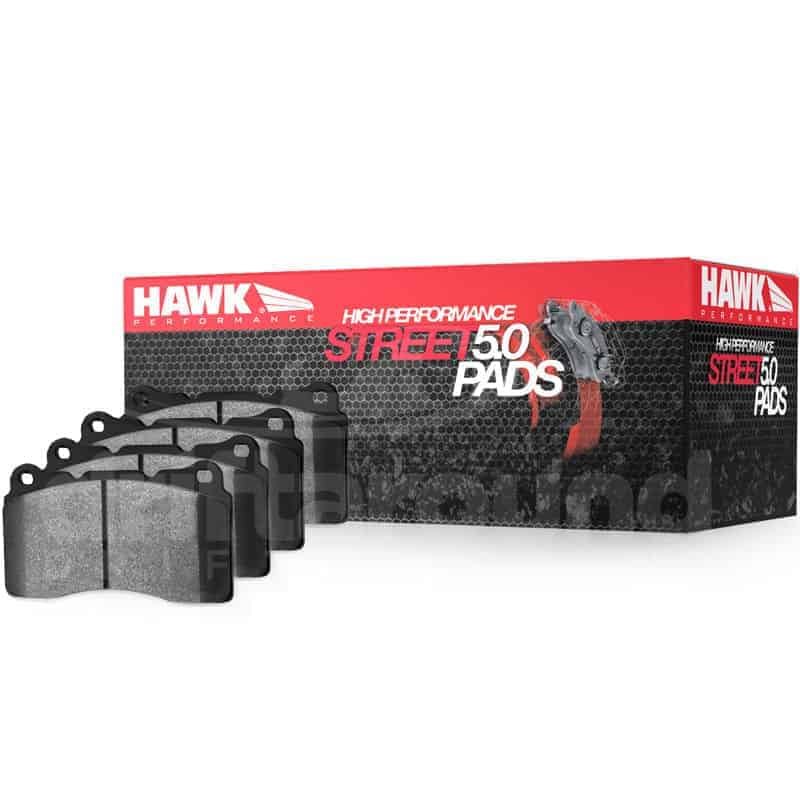
Brake Pads
Using performance pads with better compounds will help reduce stopping distances, usually at the expense of increased dust or noise during operation. Depending on the compound the brake pads may need to reach certain temperature before they become effective so always make sure to observe manufactuer recommendations for your type of vehicle and driving environment.
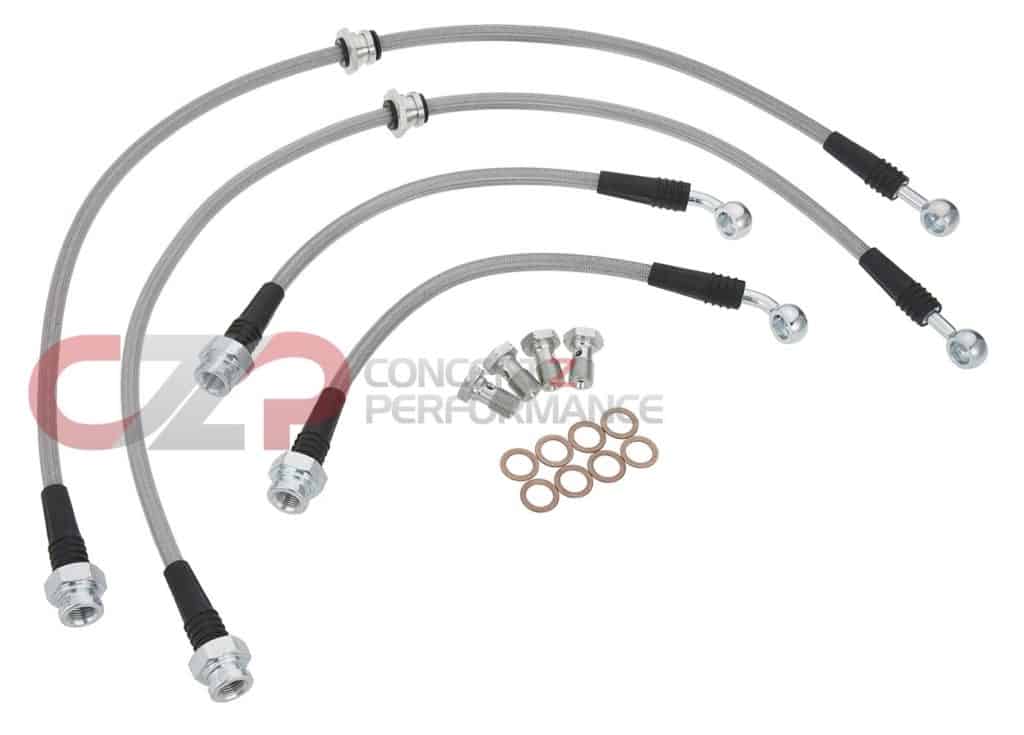
Stainless Braided Lines
Over time and repeated heat cycles, standard brake lines can flex, reducing brake feel. Braided lines can provide improved brake feel.
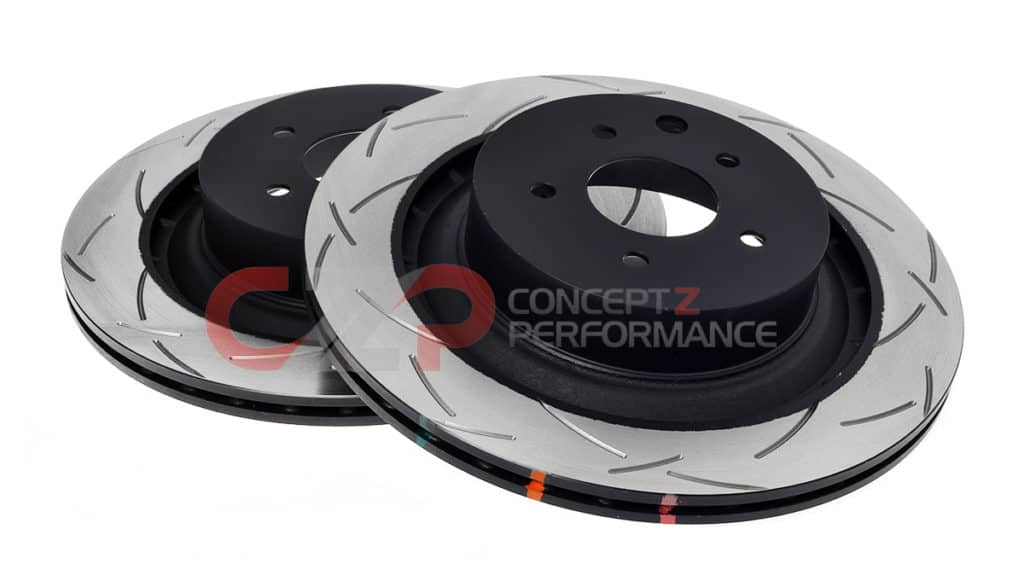
Rotors
Just a step below the full big brake kit, switching to larger rotors can increase braking performance whilst being wallet friendly. Provided your wheels are large enough and there is an adapter kit to suit your vehicle to move your caliper further out to accomodate the larger rotor, you will reap the benefits of increased clamping force and resistance to fade. To explain how this works we’ll need to take a little trip back to high school physics class. Moving the caliper further from the hub, increases the lever arm that the caliper gets to work with. Basically the clamping force required to stop the rotor is less than with a stock rotor. This has the knock on effect of less heat being generated and when heat is generated the rotor is able to handle and release more heat into the air before it heats up the brake fluid causing brake fade.
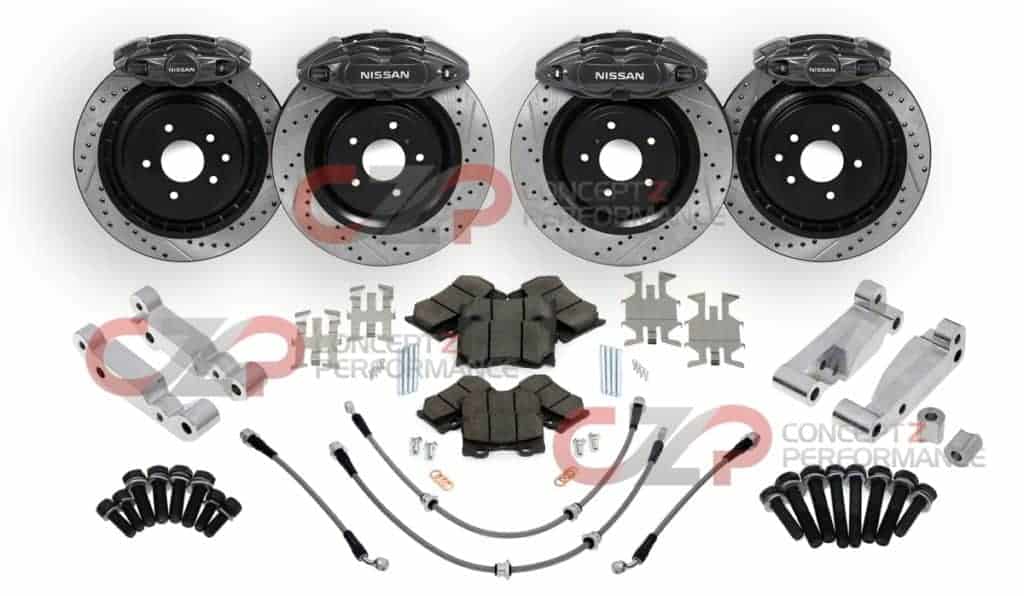
Big Brake Kits
Potentially the most expensive option which may require larger wheels to fit the bigger rotors and calipers. (Cheaper ways of doing a BBK is using a newer/more power models brakes as an upgrade ie. 300ZX brakes on a 180SX/Silvia or 370Z brakes on a 300ZX etc). Very little of the original brake hardware is left. But this is the one stop shop of brake upgrades incorporating most of the previous items. (Brake fluid and master cylinder brace are not usually part of this upgrade). In addition to pads, rotors and steel braided lines, larger calipers and pads (to make the most of the larger rotors )are included with aftermarket kits.With this upgrade you will have supercar like braking available to you when you need it most on track or during emergencies on the road.






